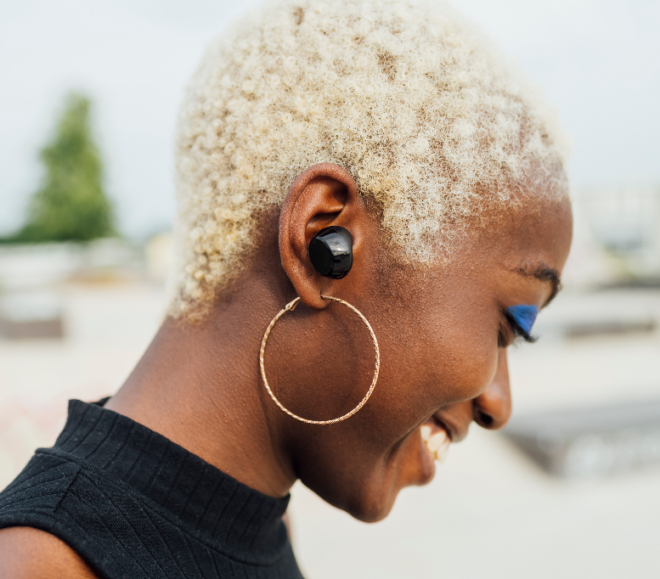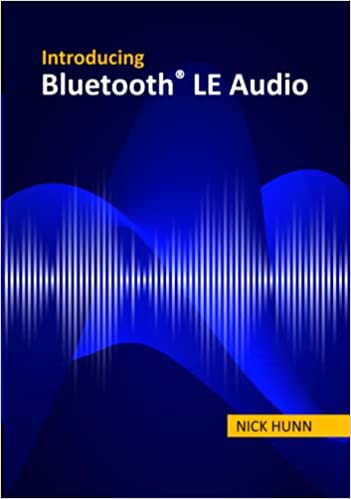For decades, Qualcomm technologies have helped transform how the world connects, computes, and communicates. Qualcomm audio solutions support a wide range of customers around the globe, helping them develop new waves of high-performing, feature-differentiated audio products.
I recently had an opportunity to speak with James Chapman, Qualcomm’s vice president and general manager of voice, music, and wearables, on the impact Bluetooth® technology has had on the audio and entertainment market. Chapman says that consumers have reaped the rewards in recent years as we’ve seen more and more audio and connectivity technology breakthroughs.
“Of the thousands of consumers surveyed worldwide as part of our Annual State of Play report, two-thirds believe that wireless audio devices now deliver equal or better audio quality compared to wired products,” said Chapman. “This illustrates a dramatic attitude shift driven by technology improvements and presents a massive opportunity for audio device manufacturers.”
Q&A with James Chapman
Why has Bluetooth audio had such staying power over the years?

Since its inception, Bluetooth® technology and standards have constantly evolved so that the consumer experience is always improving. Part of what makes Bluetooth technology so special is the collaboration and investment from numerous different manufacturers and industry experts who have all contributed to the continuous improvement of the technology over the years.
Qualcomm TrueWireless™ Stereo technology was one of the first technologies designed to stream sound over the Bluetooth radio to completely wire-free earbuds, and it helped our customers create an entirely new category of devices. Technologies like Qualcomm® aptX™ audio technology have also helped to redefine the wireless listening experience by delivering 24-bit audio over Bluetooth connectivity, combined with lower latency for gaming and video applications and improved overall robustness even in the busiest of RF environments. A final factor in the success of Bluetooth technology has to be improvements in power consumption on audio SoCs. We’re getting to a point where battery life will soon be measured in days, not hours.
I think that we have reached a tipping point in the adoption of Bluetooth audio devices. Bluetooth has enabled total freedom of communication, allowing us to consume audio on the go without the need to have our mobile devices held up to our ears. For example, on my commute to work this morning I was able to pop my truly wireless earbuds in my ear and listen to my favorite podcast, and when a call from a colleague came through, I was able to answer it without even having to take my phone out of my pocket. I’m now able to have an immersive experience but can still be easily interrupted if something is important. I can also switch seamlessly between listening to my podcast, making a voice call, or using my voice assistant to check the train timetable. In a way, Bluetooth technology makes our lives a little easier – we use our audio devices more throughout the day at home, at work, and on the go.
What was Qualcomm’s role in the development of the Bluetooth LE Audio specifications?
Our standards team has worked closely with the Bluetooth Special Interest Group (SIG) to help define the new specification for Bluetooth LE Audio, chairing working groups within the Bluetooth SIG and working with others to create the interoperable specification that’s needed. We’ve been working with and driving innovations in Bluetooth® connectivity for many years, and we can’t wait to help our customers build devices with these new capabilities.
What has you most excited about Bluetooth LE Audio?
I’m very excited to see a number of use cases take advantage of new capabilities, such as Auracast™ broadcast audio, that, until now, we’ve had to enable in a proprietary way but are now becoming standardized. The introduction of new Auracast™ experiences across all of the product categories we support on source devices — such as phones, tablets, watches, and sink devices like headsets and speakers — will help our customers build products that can change the way we connect with each other and experience the world around us.
![]()
INTRODUCING
LE Audio – The Next Generation of Bluetooth Audio
Bluetooth LE Audio will enhance the performance of Bluetooth audio, add support for hearing aids, and introduce Auracast™ broadcast audio, an innovative new capability with the potential to once again change the way we experience audio and connect with the world around us.
How will Bluetooth LE Audio change the role of audio in our lives?
We are excited by the standardization of innovative features on Bluetooth LE Audio and see huge consumer benefits for features like Multi-Stream Audio and Broadcast Audio and capabilities like Auracast™ broadcast audio and a new generation of Bluetooth hearing aids. We will provide platform solutions for all of these as they roll out.
Bluetooth LE Audio has the potential to change the way we’ve been using our wireless device. It will drive collective sharing experiences – so, for example, users will be able to share music on their smartphone with multiple Bluetooth® speakers or headsets, so their friends and family can enjoy it too. Auracast™ broadcast audio will allow groups of people to hear the same audio on their headsets as they visit a museum or attend a conference, it could even be streamed in multiple languages. At an airport, people will be able to use their Bluetooth LE Audio enabled devices to listen in to what’s being shown on TV screens while, at the same time, being able to hear announcements about their flights.
What market challenges will Bluetooth LE Audio enable you to address?
Until now, we’ve had to resort to proprietary technology to enable capabilities like Auracast™ broadcast audio, and while we’ve been able to implement these features within the Qualcomm ecosystem, Bluetooth LE Audio will really help scale these new applications. Another important result of Bluetooth LE Audio will be improved robustness and latency, something that we also worked on improving at a proprietary level will now become mainstream as LE Audio rolls out across mobile devices.
How will Bluetooth LE Audio help further interoperability and enable scale in the audio market?
The significance and importance of a standard cannot be underestimated. It’s vitally important for both manufacturers and end users. For manufacturers, it means interoperability and devices that work seamlessly with each other as part of a huge ecosystem. A standard provides consumers with a huge choice. Because it’s brand agnostic, consumers can choose any devices with Bluetooth LE Audio knowing that they will work seamlessly together. From its inception, the Bluetooth SIG has ensured that the Bluetooth® wireless experience is seamless and consistent both for consumers and manufacturers.
Ultimately, LE Audio will help improve and evolve the consumer experience by enabling Auracast™ broadcast audio, whether sharing your personal audio broadcast with family and friends around you, translation of audio into native language at a conference, or making sure someone with hearing loss doesn’t miss an announcement at the airport. The technology makes it possible to help deliver very exciting new use cases with the potential to enhance our everyday lives.
When do you expect to see Bluetooth LE Audio products and solutions hitting the market?
The Bluetooth SIG has announced the new standard; however, the profiles still need to be ratified, which began in 2020 and will continue in 2021. In the meantime, we’ve been working diligently within the Bluetooth SIG and across our business and are pleased to have launched a new platform for truly wireless earbuds that is qualified by the Bluetooth SIG and designed to support developers to get started straight away building devices featuring the new Auracast™ broadcast audio capability when the complete Bluetooth LE Audio profiles are available. We’ve also brought support for Bluetooth LE Audio to the mobile side. With these technologies it is possible that commercial devices might enter the market through the second half of 2021. We’re excited about supporting our customers in developing products that will define a new age of Bluetooth® LE Audio.
![]()
FEATURED PROGRAM
Bluetooth Member Promotion Program
Are you a Bluetooth member designing innovative wireless solutions? You may be eligible to participate in the Bluetooth Member Promotion Program.

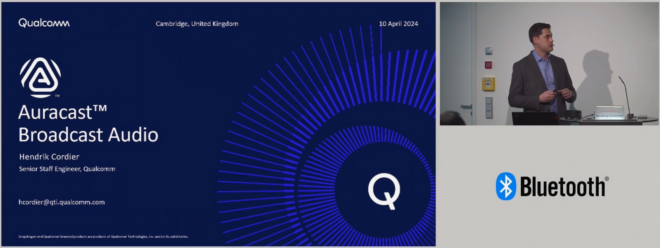



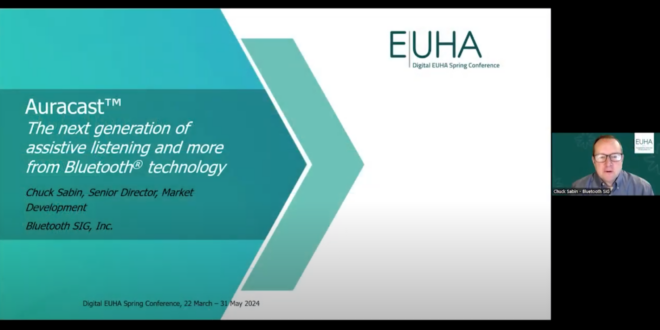

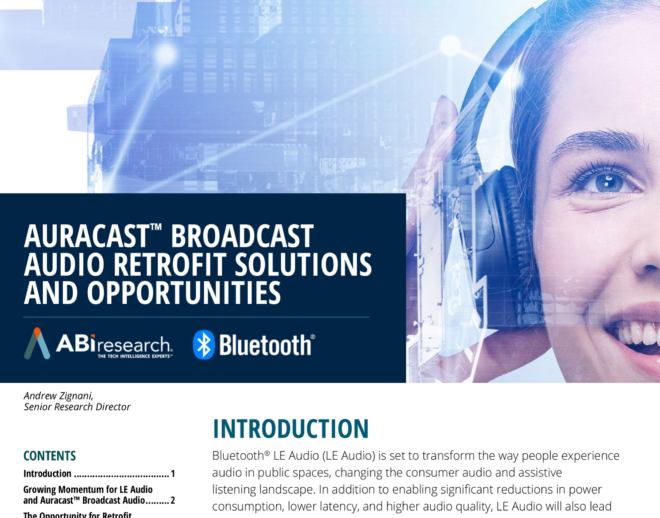
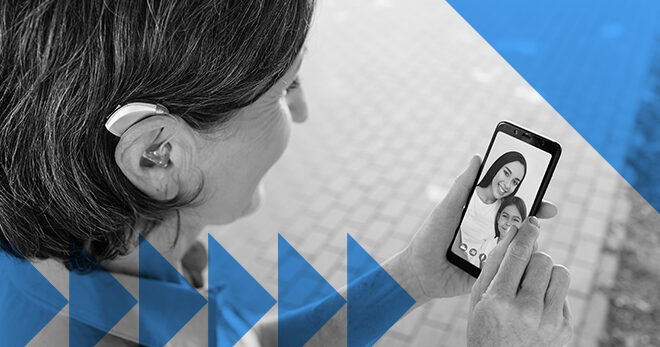
![packetcraft logo tagline[1]](https://www.bluetooth.com/wp-content/uploads/2024/03/packetcraft_logo_tagline1.png)

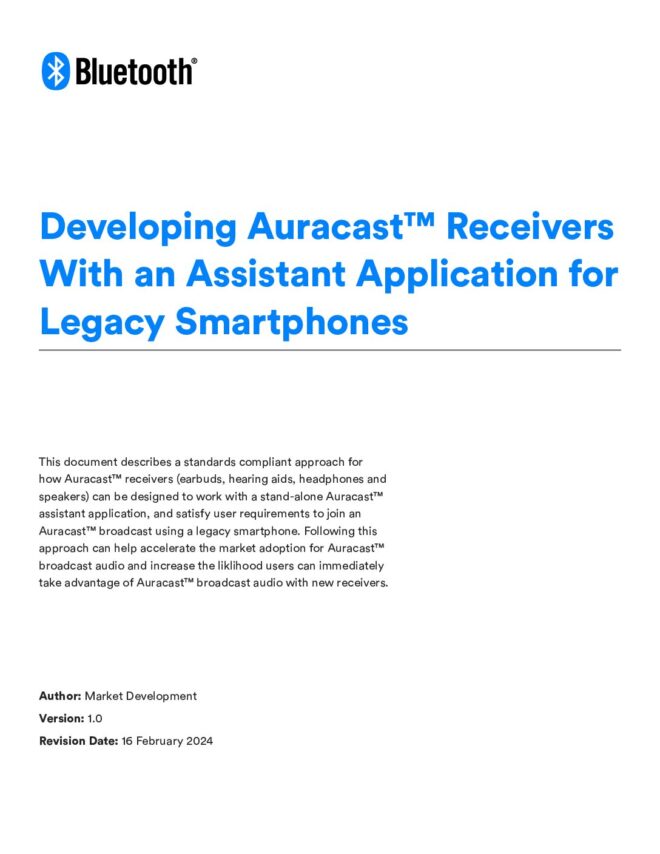
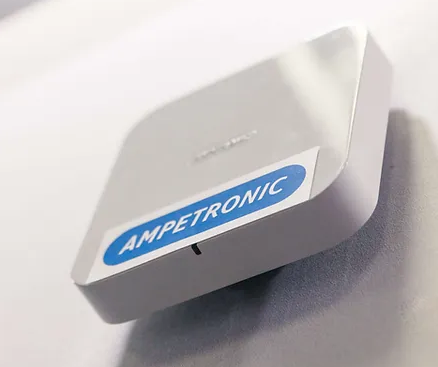
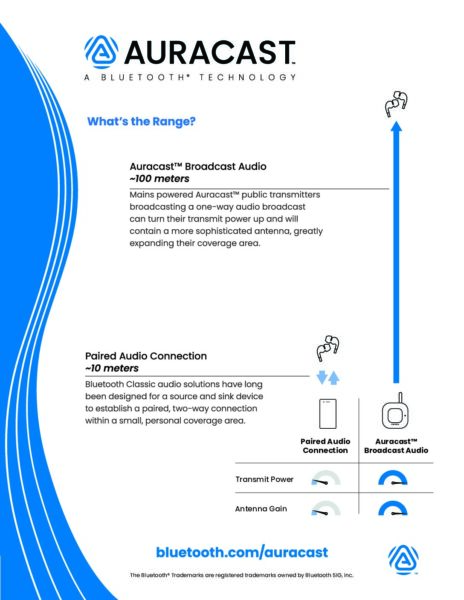
![2312 CES Handout Images FINAL existing pdf 464x600[1]](https://www.bluetooth.com/wp-content/uploads/2024/01/2312_CES_Handout-Images_FINAL-existing-pdf-464x6001-1.jpg)
![2312 CES Handout Images FINAL unlimited pdf 464x600[1]](https://www.bluetooth.com/wp-content/uploads/2024/01/2312_CES_Handout-Images_FINAL-unlimited-pdf-464x6001-1.jpg)


